'Gaza medics shot in head, chest, then buried after limbs severed:' autopsy report
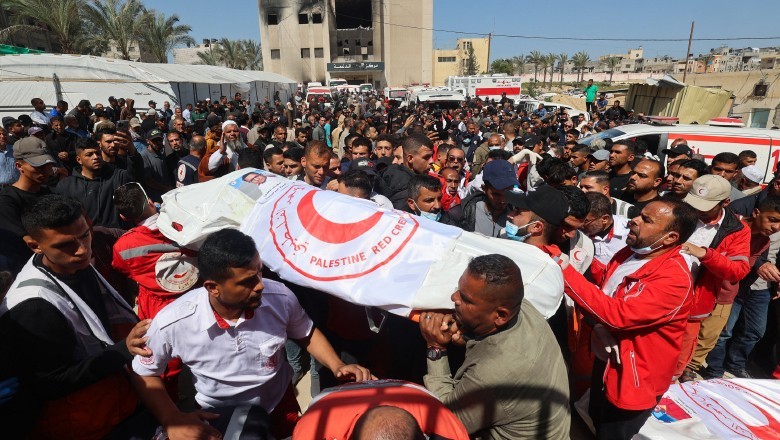
Web Desk
|
16 Apr 2025
Israeli troops killed Gaza’s paramedics and rescue workers by shooting them in the head and chest last month, and some of them were buried after their limbs were severed, according to autopsy reports shared by The New York Times.
The report stated that Israeli troops opened fire on ambulances and fire trucks sent by the Palestine Red Crescent Society and Civil Defense, as confirmed by video and audio recordings of the March 23 attack.
According to the report, Israel admitted to the attack on the ambulance and the fire truck and acknowledged the deaths of 14 rescue workers and a United Nations employee.
Moreover, Israeli troops buried all of the victims in a mass grave, crushed the ambulances, a fire truck, and a UN vehicle, and buried their remains as well.
Read: Palestinian student leading Gaza protest arrested by US Immigration Office
Without providing evidence, the Israeli military claimed that some of those killed were Hamas operatives and stated that an investigation was underway.
However, recent reports revealed that the bodies of the victims were recovered by the rescue teams from southern Gaza, they were autopsied between April 1 and April 15.
The autopsy results stated that 14 men were wearing either their Red Crescent or Civil Defense uniforms at the time of death.
It added: “11 of the men had gunshot wounds, including at least six who were shot in their chests or backs and four had a gunshot in the heads,” while most of them had sustained gunshots multiple times.
Read: October 7 attack survivors accuse Palestinian-American businessman of supporting Hamas
One man had several gunshot wounds in his chest and abdomen. Two others had been wounded “consistent” with shrapnel, injuries described as possibly due to an explosion.
The reports stated that several bodies were missing limbs and other body parts while one man's body was found amputated from the lower into several parts, making it challenging to conclude whether he had been shot at close range or from far.
Dr Stray-Pedersen, who analysed the report, said he was specifically looking for patterns to determine whether all victims had been killed in the same manner or if any had suffered additional wounds.



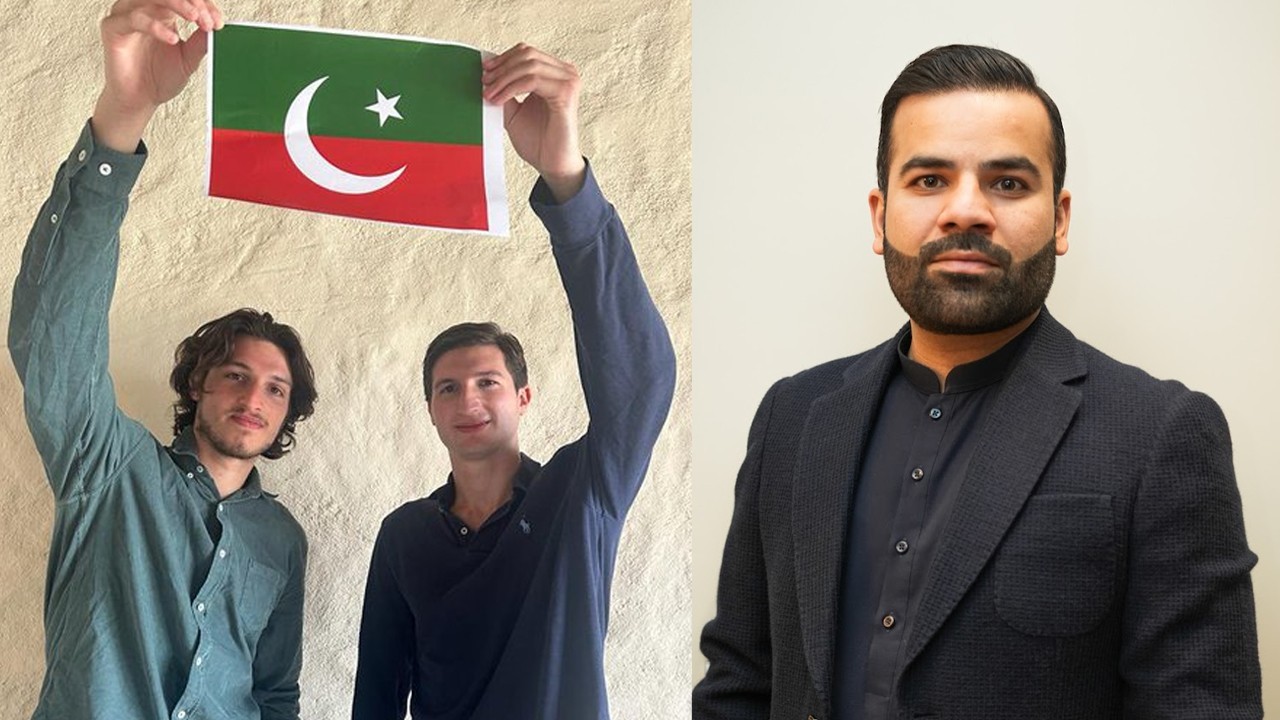
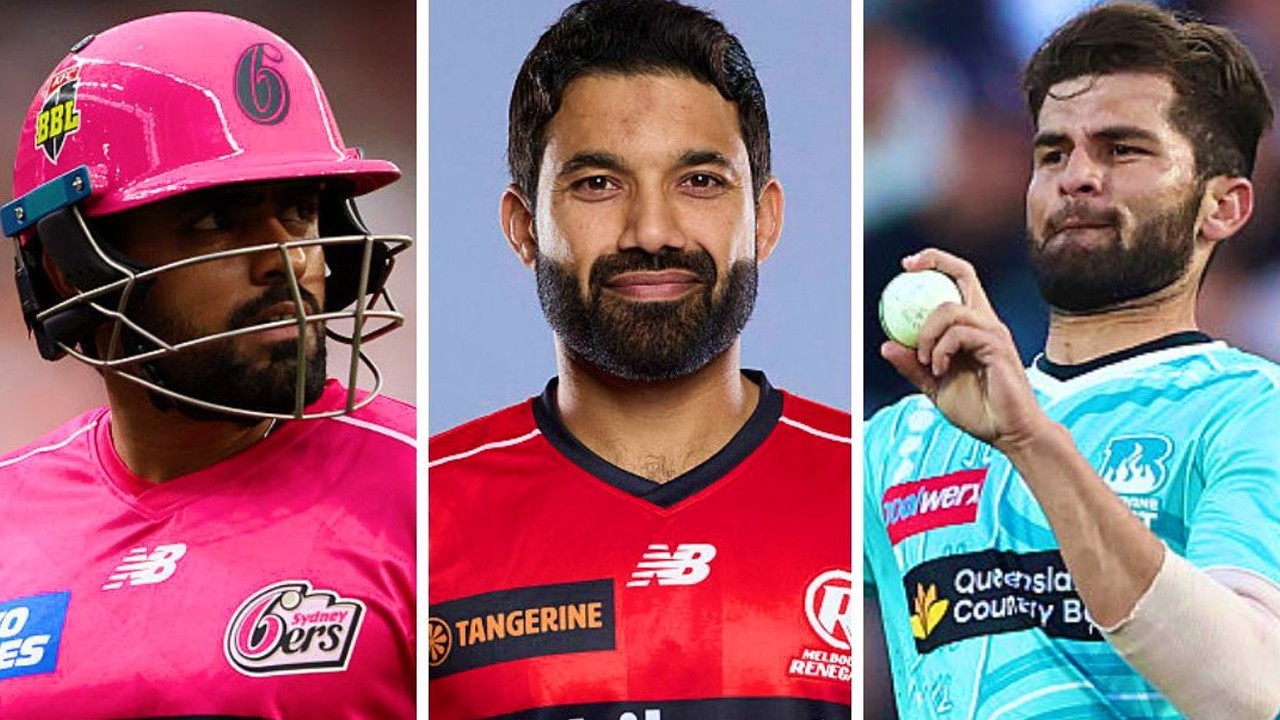


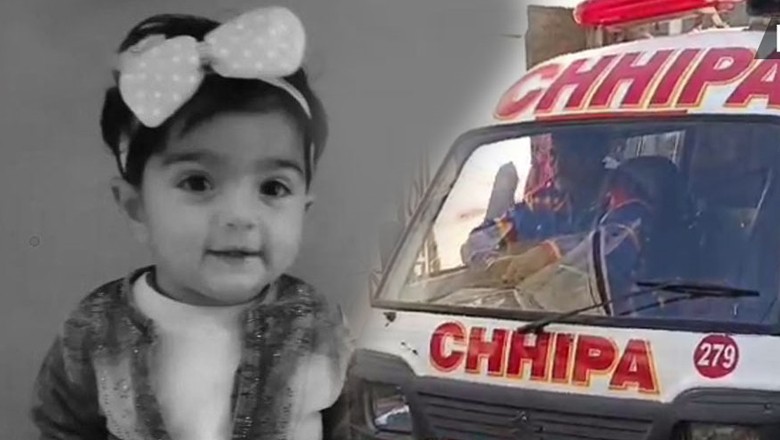
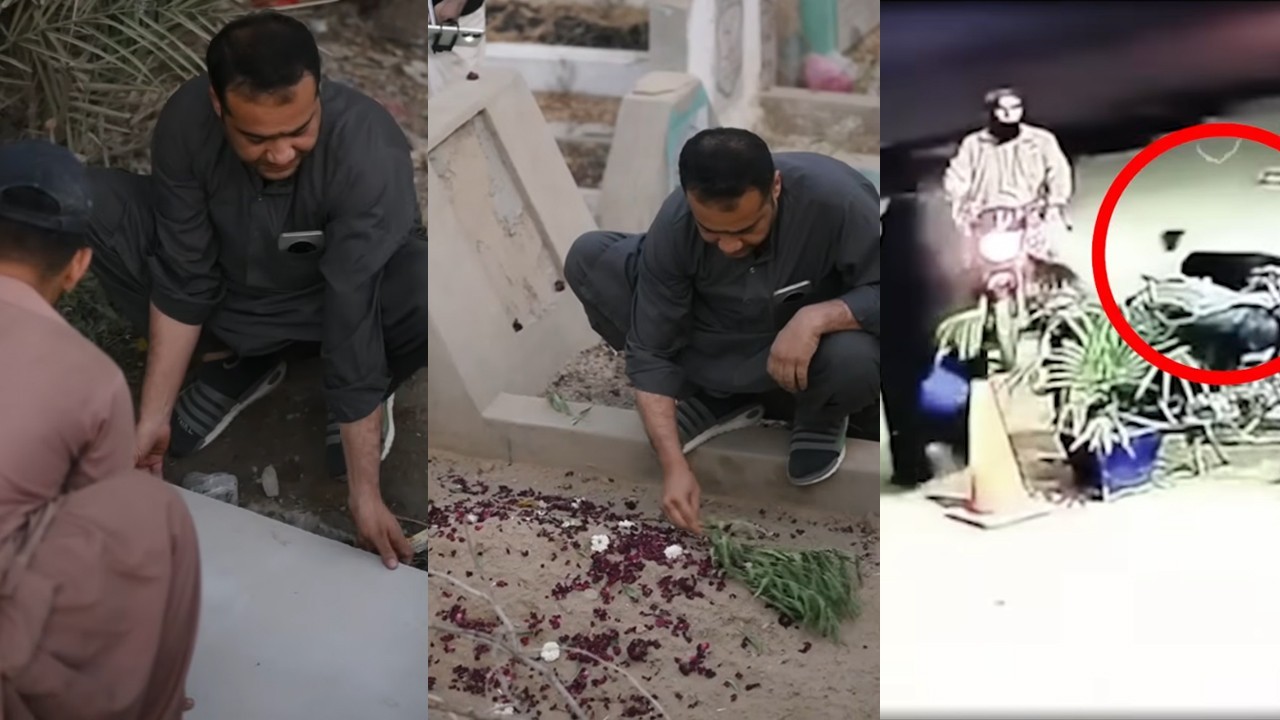
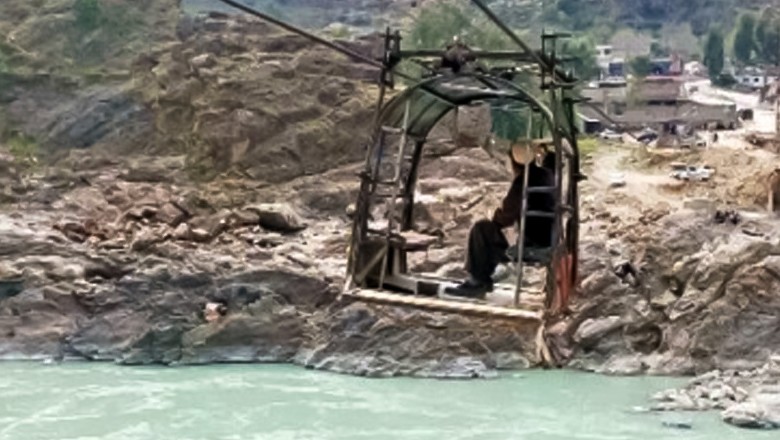
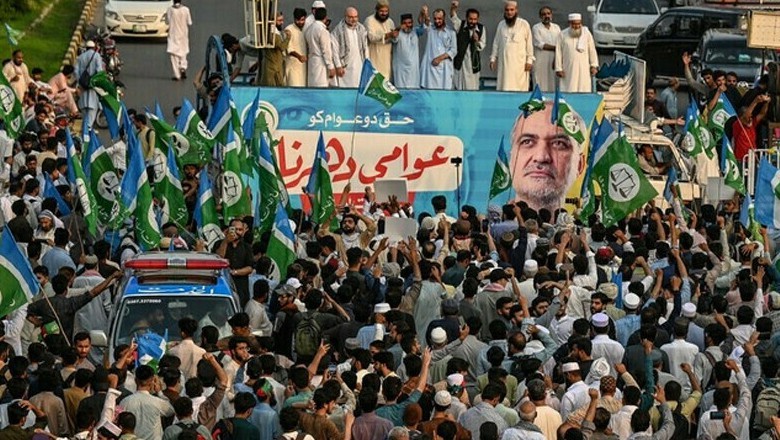
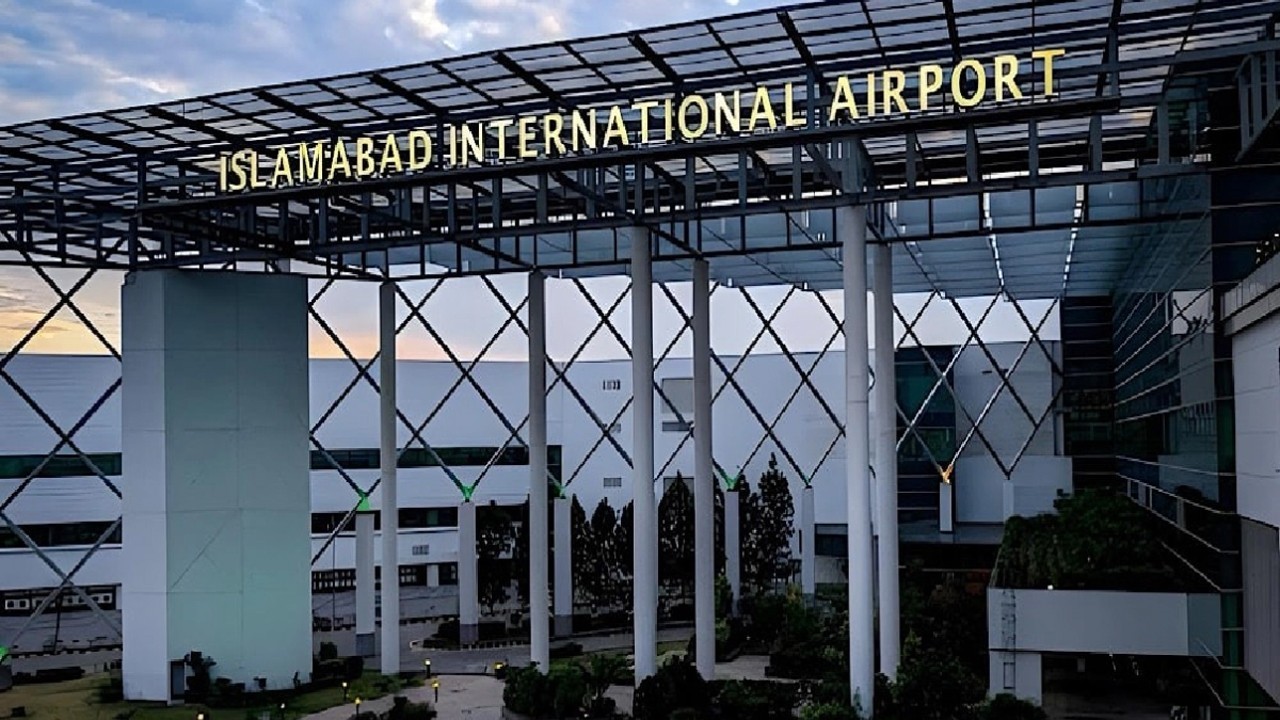
Comments
0 comment